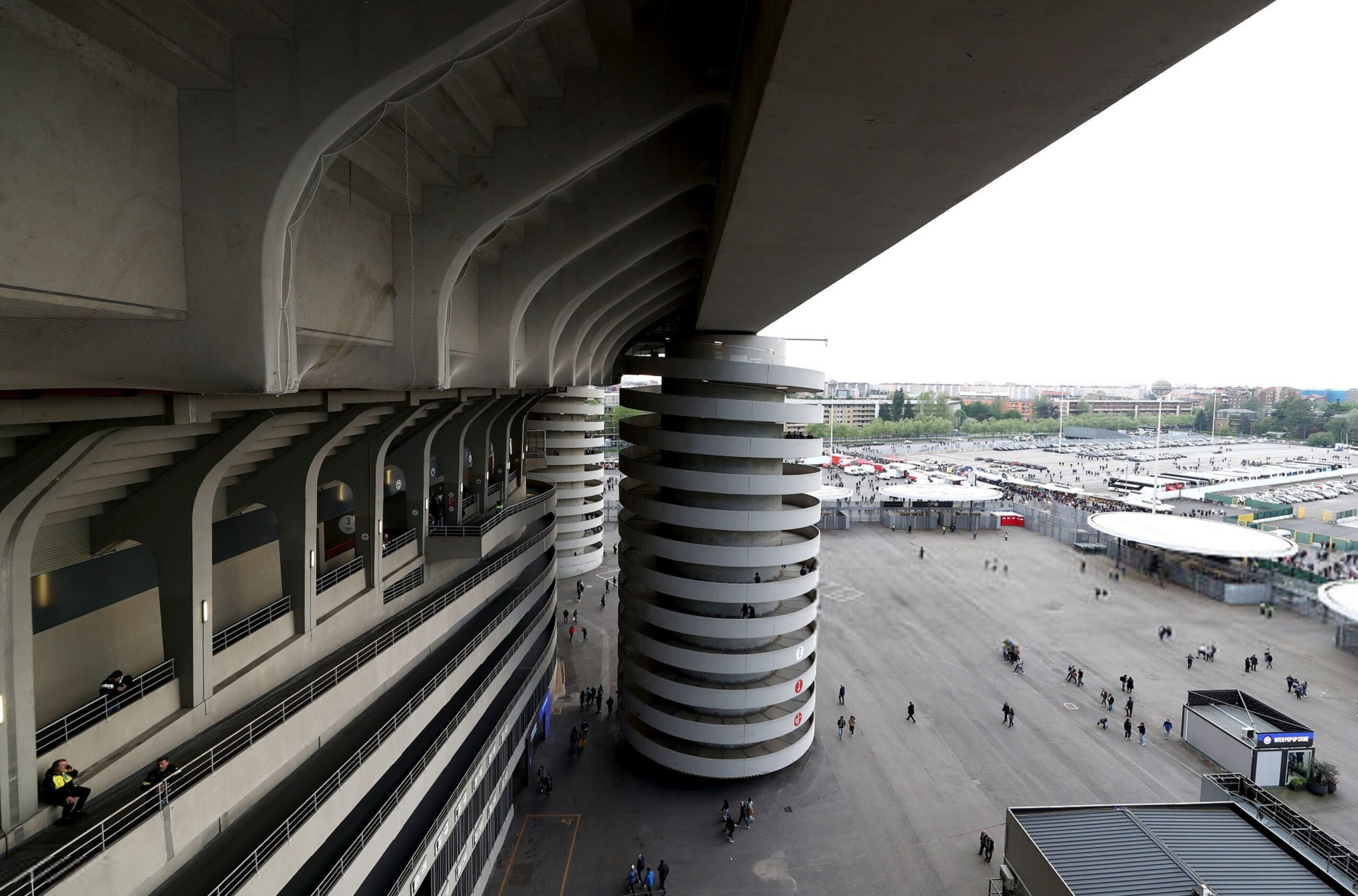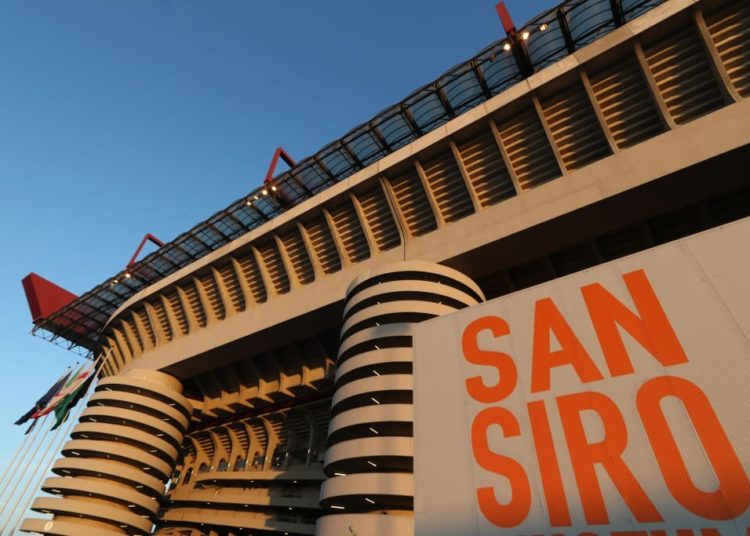The preliminary Services Conference regarding the project for the new stadium in the San Siro area, submitted by Inter and Milan in recent weeks and effectively the only one presented to the Municipality of Milan after the deadline of the public tender launched by Palazzo Marino, concluded today.
As emerges from the minutes of the Conference consulted by Calcio e Finanza, several entities participated to express their opinions and raise the most delicate issues concerning the project's implementation.
Lombardy Region: between traffic study and commercial functions
Starting with the Lombardy Region, which analyzed the DOCFAP and pointed out that, due to the current stage of planning, some important elements are missing—particularly a detailed traffic study. However, such a study is considered essential for:
Properly sizing the parking areas;
Verifying the effectiveness of the proposed solutions, in agreement with the Municipal Administration.
It is then highlighted that the project, which includes both the aspects related to the future construction of the stadium and the development of related activities—is still in a preliminary phase and will require further authorizations, in-depth studies, and technical evaluations during the preparation of the Technical and Economic Feasibility Project and the Final Services Conference. The following issues are therefore raised:
The need to verify the “boundaries” of the elements to be subjected to assessment of applicability to VIA/VAS/commercial authorization; in this regard, the prevalence of the provisions contained in the special legislation known as the “Stadium Law” over ordinary legislation is reiterated;
The importance of integrating, in subsequent phases, a project analysis and a detailed analysis of environmental aspects, which are currently not sufficiently addressed in the DOCFAP;
The need to further investigate the construction site topic, also with respect to the availability of parking during the coexistence phase of the new stadium site and the use of the Meazza stadium. Regarding the availability of parking for the sports facility, the responsibility lies with CONI;
The presence of commercial functions that could qualify as a “large retail structure” must be explored in the subsequent design phases; however:
a) Size of the retail space: the size of the dedicated store is not clearly defined, making it necessary to verify whether it falls into the category of a large retail structure;
b) Verification of authorization procedures: the sales area must be compared with current regulations to understand which authorizations are needed;
c) Location of the store: it seems to be located near the new stadium, but distant from the large urban function;
d) Reference regulations: in the case of a sales area greater than 10,000 m², it will be necessary to verify which regulation prevails and whether a program agreement is required, as provided by the current regional legislation;
The project represents a unified context that must be analyzed as a whole, even if its realization is planned in subsequent lots, also considering the technical and economic correlation of the interventions;
The Region requests that the documentation be supplemented with a traffic study.
Opinions of the Metropolitan City, Unareti, and MM SpA
The floor then passed to the Metropolitan City, which expressed appreciation for the work carried out so far by Inter and Milan, but also raised the following points:
The guidelines of the Metropolitan Territorial Plan are illustrated, with particular attention to the territorial effects of large urban functions;
The impact of supra-municipal settlements is analyzed;
The importance of the urban and infrastructural framework of the project is highlighted;
The need to define the conditions for proceeding with the next phases of the project in order to outline the responsibilities of the entities involved and thus of the Metropolitan City is emphasized.
There was also input from Dr. Lisanti, representative of UNARETI – A2A Calore, who stated that he had already submitted the opinion, which is very detailed as it identifies all the existing underground utilities in the project area, highlighting the need to plan any relocations carefully.
Among various aspects, the importance of the new primary substation of about 3,000 m² is underlined, which is necessary to support the expected energy consumption, which is particularly high in the project. All these aspects will need to be agreed upon with a more detailed design to ensure an effective transition.
The representative of MM SpA, instead, provided a technical opinion on the existing networks, including those related to the aqueduct and sewage system. It was specified that there are no wells or water networks in the area. The general opinion is favorable, with some conditions related to possible interferences and the need to verify connections.
Municipality 7: between acoustic impact, green space, and distance from buildings
Municipality 7—represented both by the technical-administrative representative Dr. Della Valle and by the President Dr. Fossati—noted the consistency of the project with the objectives established by Municipal Resolution No. 28 of 2023, but considers further analysis necessary on aspects of the project relevant to the local community. The main points addressed include:
Evaluation of the 'Patroclo' underpass, including pedestrian use, with requests for further analysis on potential impacts;
Analysis of the noise generated by the new facility, particularly on Via Tesio, and assignment of urbanization charges, recommending they be allocated to the most critical areas in need of intervention;
Importance of newly created urban green spaces, with a note on the possible insufficiency of green areas in the current project;
Distance of the new facility from residential buildings, with a request for an impact assessment to ensure the area's livability;
Consequences of the construction phases, which could affect the quality of life in the area during the works.
Conclusions of the Procedure Manager
In closing, the Procedure Manager presented a very brief summary of the opinions expressed by the entities present, focusing in particular on the following themes:
The issue was raised regarding the need to verify a traffic study (even with preliminary assumptions). Lombardy Region requests that it be produced before the conclusion of the Conference's work and is available for a possible further discussion with the proponents. The study, for the Lombardy Region, must contain preliminary assumptions considering the sizing of parking areas, the planned functions, and the new project-related road network;
- The issue related to the dating of the 70-year completion of the Meazza stadium's second tier is specified, having established the date as November 10, 1955;
- The need to define the quantities of private functions that can be installed and the maximum percentage of fluctuation between sectors, as well as the type of accessory functions in reference to the new facility;
- The necessity of a timeline of activities and an economic framework of the costs to be borne, including those generated charges and related deductions.
This was relayed via Calcio e Finanza.
















